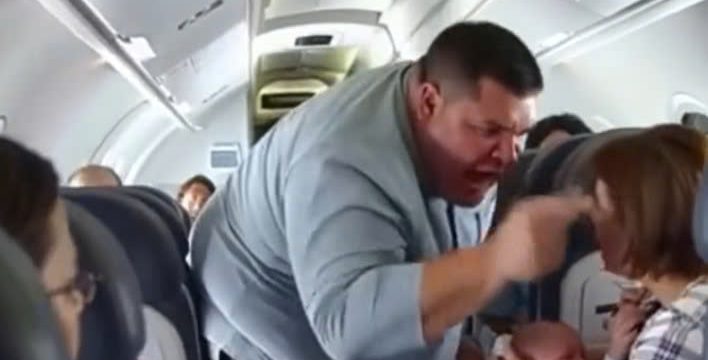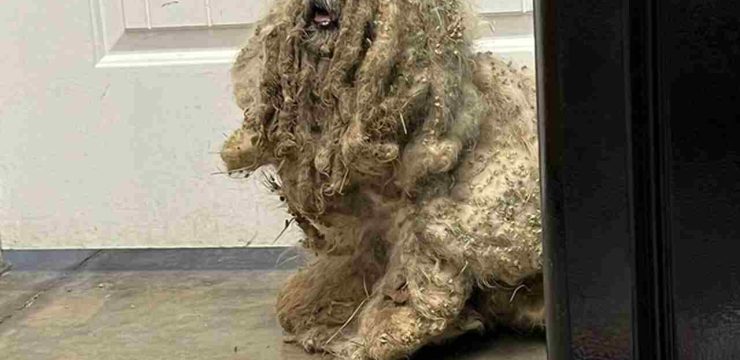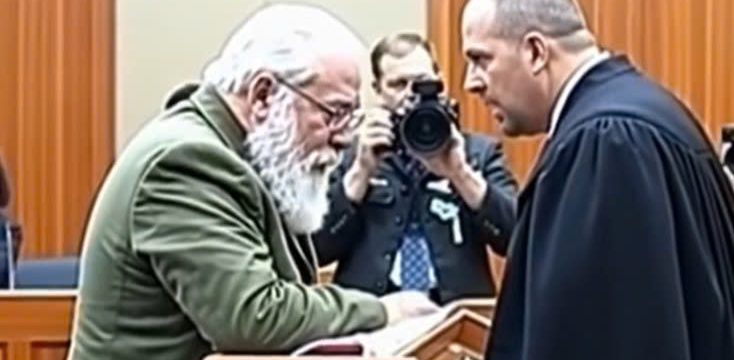In the fall of 2001, 27-year-old Patrick Hardison, a volunteer firefighter from Mississippi, ran toward a burning home determined to save a life, just as he had done countless times before. But this call would change everything. While inside the inferno, the roof collapsed, trapping Patrick under flames that burned hotter than 1,000 degrees. By the time fellow firefighters pulled him out, his face, scalp, neck, and upper torso had been ravaged by third-degree burns.

He lost his eyelids, ears, lips, most of his nose, and even portions of his facial bones. The blaze didn’t just scar Patrick physically—it changed his entire existence. For years after that day, Patrick endured unimaginable pain and over 70 reconstructive surgeries in an attempt to rebuild what the fire had taken. Skin grafts were stretched over his damaged face, but his functionality remained limited. He couldn’t blink, leaving his eyesight at constant risk. Sleeping upright was his only option to protect his exposed eyes. Breathing and eating were daily struggles, and every public outing was met with stares, whispers, and even fear.
Children would cry at the sight of him. To hide, Patrick wore sunglasses, a baseball cap, and prosthetic ears, but no disguise could shield him from the emotional toll of feeling like a prisoner in his own skin. “I didn’t look human,” Patrick once admitted. “I felt like a monster to the world—and eventually to myself.” Then in 2015, hope arrived in the form of a medical breakthrough. Surgeons at NYU Langone Medical Center, led by Dr. Eduardo D. Rodriguez, offered Patrick a chance at a full-face transplant, one of the most complex procedures ever attempted. The surgery carried enormous risk, with only a 50/50 chance of survival, but Patrick had already endured 14 years of suffering and isolation. Determined to live again rather than merely exist, he agreed to take the chance.
The donor was 26-year-old David Rodebaugh, a young man who suffered a fatal cycling accident. His grieving mother made the courageous choice to donate his face, granting Patrick the possibility of a future he thought he had lost forever. On August 14, 2015, a team of over 100 medical professionals worked for 26 straight hours, connecting bones, blood vessels, muscles, and nerves to give Patrick a new face, eyelids, scalp, ears, and portions of the jaw and chin.
Against all odds, Patrick survived what became the most extensive full-face transplant in history. Recovery was grueling and filled with uncertainty. Months of hospitalization followed as doctors monitored for organ rejection and managed his suppressed immune system. Complications arose, but Patrick’s determination never wavered. When he finally looked in the mirror after the surgery, tears streamed down his face—not because he missed his old features, but because, for the first time in 14 years, he saw himself as whole again. Seven years later, Patrick’s life has transformed beyond recognition. He spends time with his children without fear of frightening them. He walks in public without hiding behind sunglasses and prosthetics.
He speaks at schools, hospitals, and conferences, sharing his journey to inspire others who feel broken by tragedy. Patrick has become a passionate advocate for organ donation, using his miraculous story to highlight the life-saving power of selfless donors and groundbreaking medical science. More importantly, he has become a symbol of resilience, proving that surviving tragedy is not just about staying alive but finding a way to truly live again. “It’s not about looking the same,” Patrick says. “It’s about feeling human again, about being seen for who I am inside, not just what happened to me.”
While he must take anti-rejection medication for the rest of his life and face ongoing medical challenges, Patrick embraces every day as a gift. His scars tell a story of unimaginable pain, courage, and second chances. Today, he stands as living proof that hope can endure even after fire, that modern medicine can restore not just a face but dignity and identity, and that life, no matter how broken, can be rebuilt with determination, compassion, and courage. Patrick’s story isn’t just about survival—it’s about rediscovering life and proving that even in the face of unthinkable tragedy, a new chapter is always possible.





